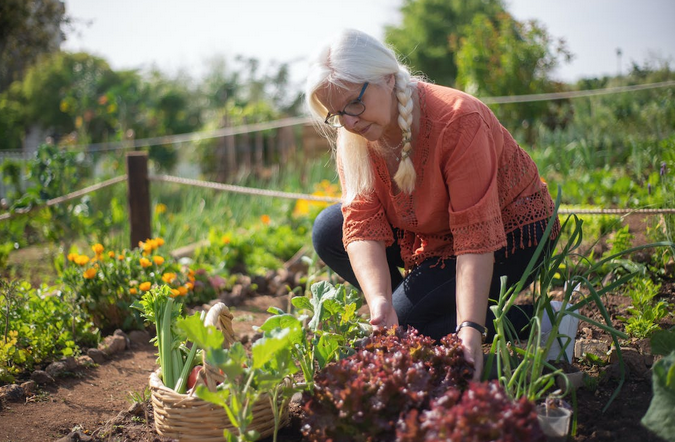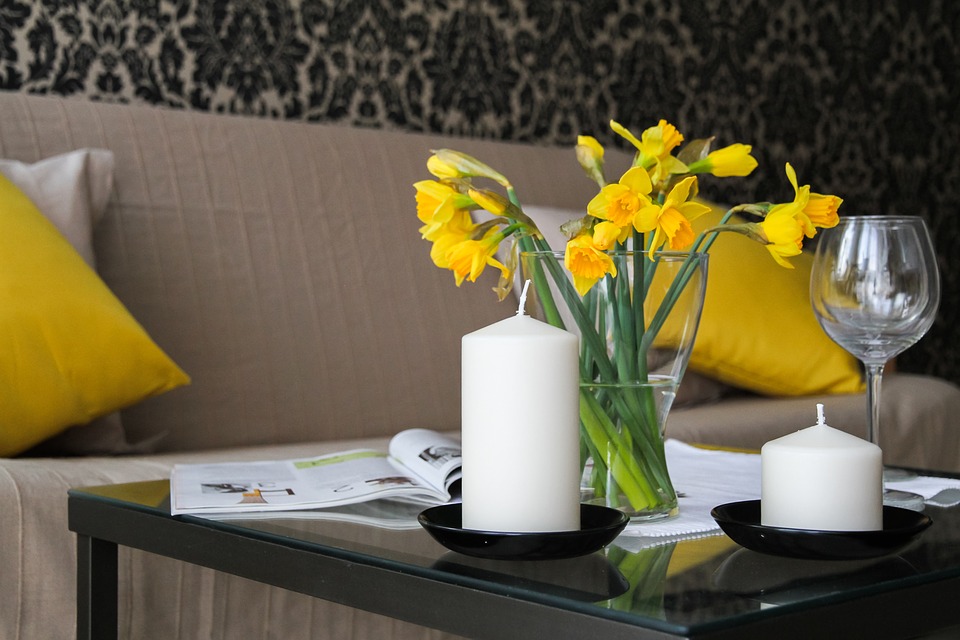Transforming your deck into a stylish and inviting retreat involves more than just choosing a matching set of furniture. Embracing the mix-and-match approach allows you to showcase your personality, create visual interest, and curate a space that truly feels like yours. In this guide, we’ll explore the art of mix-and-match mastery, revealing how you can seamlessly blend different elements to achieve a cohesive and personalized look with your deck furniture sets. You can also Explore Stylish Outdoor Patio Furniture in O’Fallon, Illinois to elevate your mix-and-match game and find the perfect pieces that resonate with your design vision.
Start With a Foundation

Begin your mix-and-match journey by establishing a foundation. Choose a key element or theme that will serve as the backbone of your deck design. This could be a specific color palette, a particular material, or a common design element. This foundation will provide a cohesive thread throughout your mix-and-match ensemble.
Play With Colors and Textures
Mixing and matching doesn’t mean everything has to be uniform. Embrace a variety of colors and textures to add depth and character to your deck. For example, pair solid-colored cushions with patterned throw pillows or mix different materials like wicker with metal or wood. The key is to strike a balance that feels harmonious rather than chaotic. While diversity is key, it’s essential to maintain a sense of coordination. Select a few colors or patterns that complement each other and repeat them strategically across your furniture pieces. This repetition helps tie the eclectic elements together, creating a cohesive and intentional look.
Blend Styles Thoughtfully
Mixing styles can be a powerful design choice when done thoughtfully. Combining modern and traditional elements, or rustic and contemporary pieces, can result in a visually stimulating and dynamic deck. Just ensure that there’s a common thread, whether it’s color, material, or form, to prevent the overall look from becoming disjointed.
Anchor With a Unifying Element

To prevent your mix-and-match ensemble from feeling scattered, introduce a unifying element that anchors the design. This could be a central coffee table, a coordinating rug, or even a set of matching planters. This anchor serves as a focal point that ties the various elements together, creating a cohesive and intentional design.
Play With Heights and Shapes
Varying the heights and shapes of your furniture adds visual interest and dimension to your deck. Experiment with different seating heights, incorporate tables of varying sizes and mix in some unconventional pieces like poufs or ottomans. This variety not only enhances the aesthetics but also contributes to a more dynamic and engaging outdoor space.
Mastering the mix-and-match approach with your deck furniture sets is about striking a balance between diversity and coordination. By playing with colors, textures, styles, and personalized accessories, you can craft a cohesive and inviting outdoor oasis that reflects your unique taste. So, let your creativity flow, experiment with different combinations, and watch as your deck transforms into a personalized haven that beckons you to relax and unwind.…




 In the world of gardening, space is precious. That’s where complementary growth and space utilization come into play. Companion planting allows you to make the most out of your available space by strategically placing plants that work well together. For instance, tall plants can easily provide shade for shorter ones, while sprawling vines can cover bare ground and prevent weed growth.
In the world of gardening, space is precious. That’s where complementary growth and space utilization come into play. Companion planting allows you to make the most out of your available space by strategically placing plants that work well together. For instance, tall plants can easily provide shade for shorter ones, while sprawling vines can cover bare ground and prevent weed growth.

 The first step in maintaining your home during winter is to inspect the exterior. Look for any cracks or gaps in the siding or trim. These can let in cold air and moisture, which can cause damage to your home. Also, check the gutters and downspouts to ensure they are debris-free. Clogged gutters can cause water to back up and seep into your home.
The first step in maintaining your home during winter is to inspect the exterior. Look for any cracks or gaps in the siding or trim. These can let in cold air and moisture, which can cause damage to your home. Also, check the gutters and downspouts to ensure they are debris-free. Clogged gutters can cause water to back up and seep into your home. One way to maintain your home during winter is to
One way to maintain your home during winter is to  Finally, it’s essential to perform regular maintenance tasks around your home during winter. These include cleaning the gutters, checking the smoke detectors, and changing the batteries in your carbon monoxide detector. By taking these simple steps, you can help to keep your home in tip-top shape all winter long.
Finally, it’s essential to perform regular maintenance tasks around your home during winter. These include cleaning the gutters, checking the smoke detectors, and changing the batteries in your carbon monoxide detector. By taking these simple steps, you can help to keep your home in tip-top shape all winter long.




